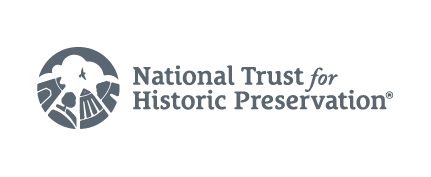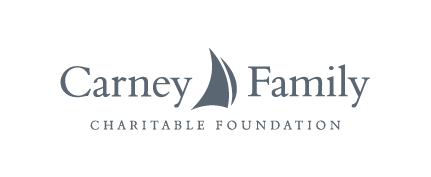 And, on a Path to Rehabilitation.
And, on a Path to Rehabilitation.
For nearly two decades, the historic Second Empire mixed use building located at 24 Allen Street has been abandoned and forlorn. But, not for long. Today, the building is on a path to rehabilitation and reuse – once again becoming a catalyst for revitalization and change at a key junction in the Washington Square neighborhood. And, WHALE in partnership with the City of New Bedford has played a key role in making it happen.
The building sits at the busy intersection of Allen and County Streets, directly across the street from St. John the Baptist Church. Hundreds of cars pass it every day, but few people think to look up to see the details of this wonderful building on the corner.
“There was no doubt when we looked at the building,” said Lisa Bergson, executive director of WHALE, “that 24 Allen Street was an amazing piece of architecture and would be a challenging preservation project. The building needed all new systems, lacked parking, and remarkably, was still set up as it was originally built as a boarding house on the upper floors with two shared bathrooms down the hall. It was going to need a complete overhaul.”
The planned rehabilitation intends to retrofit this 8,000 square foot former mixed-use building into 12 quality, affordable residential units .
“Preservation is not for the faint at heart,” adds Bergson. “ It takes vision – seeing what something can be not what it is – and an understanding of what it can mean to the City, the neighborhood, and its future residents”.
The road to get here was a long one. More than two years ago WHALE began building a relationship with the elderly couple who owned the building in an effort to get it into the hands of a responsible owner who had the wherewithal to complete its rehabilitation. The couple had fond memories of the building from when they were growing up in New Bedford. It was a special place to them and with their help and foresight, it will be once again. Last November, WHALE successfully brokered and negotiated the sale of this magnificent property built in the 1880s to Community Action for Better Housing (CABH) – a local nonprofit , housing developer affiliated with Catholic Social Services.
“CABH is very excited about getting this project underway,” exclaimed Ed Allard, the agency’s project director. “This property can be seen as the ‘Gateway’ to the City’s South Central neighborhood and its redevelopment serves as an example of the mutually beneficial links between creation of affordable housing, historic preservation, and neighborhood revitalization.”
“We greatly appreciate the role WHALE and its executive director Lisa Bergson played in helping to make this project possible,” noted Arlene McNamee, CABH’s executive director.
Rehabilitation work is slated to begin in April of 2012.
“We were so pleased to put this important, endangered historic building in the Washington Square neighborhood,” noted Lisa Bergson, “on a path to rehabilitation and reuse. And, we are delighted to stay on to serve as preservation consultants for the project by writing the National Register nomination for the project, providing technical advice, and writing the state rehabilitation tax credit applications. We are happy to ensure that this project will meet the highest, national preservation standards.” The project has been awarded $450,000 in state historic tax credits and another $1.6M in state funding through the Department of Housing and Community Development (DHCD). The project has also been awarded $175,000 in City HOME funds through the New Bedford Office of Housing and Community Development (OHCD). Additionally, Citizens-Union Savings bank has committed $925,000 in construction and permanent loan financing.
“WHALE is pleased to support and have an active role with good preservation projects in New Bedford like 24 Allen Street. This is the fourth major preservation project (Howland House, Ingraham School, and One Washington Square) WHALE has directly been involved with in the Washnigton Square neighborhood. We know that preservation is as contagious as blight and with great partners working together, we can change the face of this neighborhood.”


































